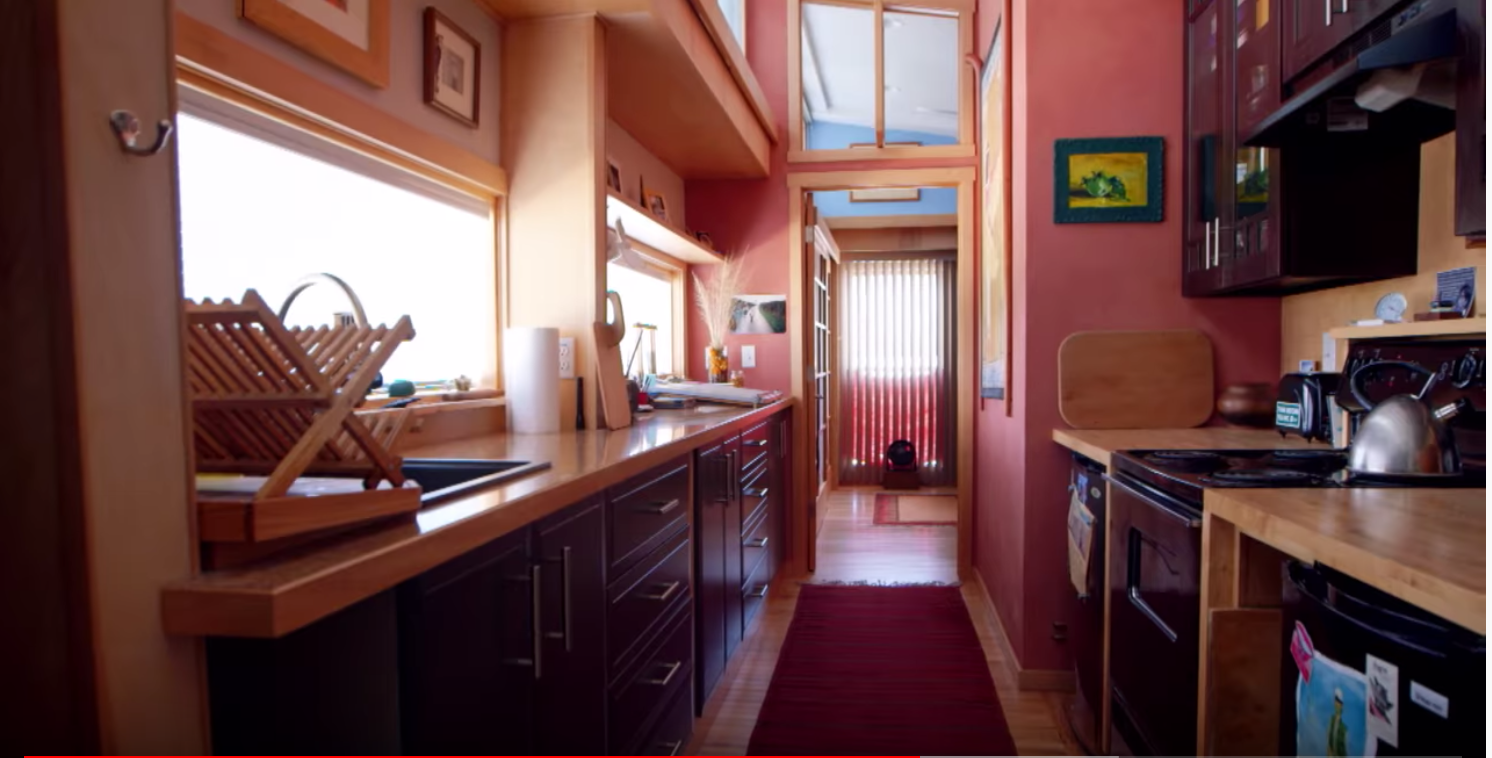 Often overlooked or looked down upon, the mobile home is an important but underappreciated housing type that serves a wide range of residents. Since the mid-1900s, mobile homes and manufactured housing have been mass produced to provide a solution to low-cost housing; however, in doing so, several important factors that make a house a home have been overlooked. Unimaginative aesthetic and spatial design combined with inefficient energy strategies and poor construction techniques define the major shortcomings common in the industry. Such conditions make these homes difficult to maintain, often leading to disrepair and abandonment. In response to common misconceptions related to trailers and the stereotypes of the people who live in them, the TrailerWrap project (TW) set out to provide simple and affordable solutions to improve the spatial quality and energy efficiency typically found in conventional manufactured housing.
Often overlooked or looked down upon, the mobile home is an important but underappreciated housing type that serves a wide range of residents. Since the mid-1900s, mobile homes and manufactured housing have been mass produced to provide a solution to low-cost housing; however, in doing so, several important factors that make a house a home have been overlooked. Unimaginative aesthetic and spatial design combined with inefficient energy strategies and poor construction techniques define the major shortcomings common in the industry. Such conditions make these homes difficult to maintain, often leading to disrepair and abandonment. In response to common misconceptions related to trailers and the stereotypes of the people who live in them, the TrailerWrap project (TW) set out to provide simple and affordable solutions to improve the spatial quality and energy efficiency typically found in conventional manufactured housing.
An overarching goal was to sensitize young designers to community needs through a realworld experience that shows them how, after graduation, they can use their skills to help improve housing for low-income households. It not only exposed students to the problems, but also showed them how their work can make a difference. Against this background, we wanted to offer the next generation of young designers a hands-on learning experience not available in the traditional studio in a way that would engage them with the community, address a local need for affordable housing, using sustainable building techniques and materials (e.g., wall insulation is made of recycled blue jeans). A further goal was to explore issues that could be transferred to large scale production. TW addresses issues of sustainable and affordable design in the context of the often overlooked American trailer park. At the scale of an individual building the project, explores the potential for augmenting this affordable housing type with outdoor living space, improved, energy efficient construction and high volume, light-filled interiors.
Design Outreach: The TrailerWrap Project
Design Outreach Initiative: Objectives and Construction Process of the TrailerWrap Project
